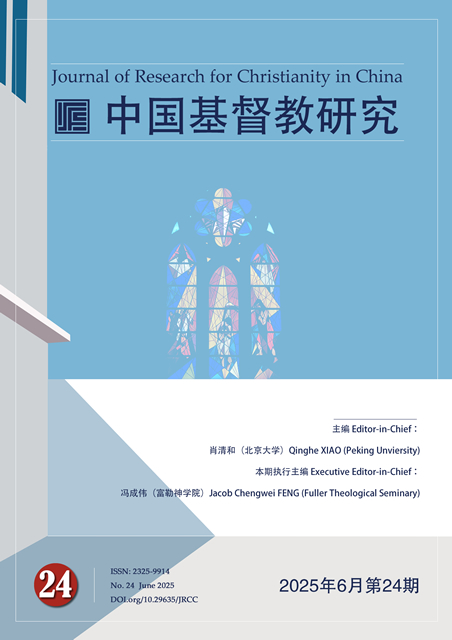Abstract
In his Scriptum in Librum Primum Sententiarum, Ockham discusses the differing roles of traces and images in guiding human understanding of the Trinity. As a scholar of nominalist stance, Ockham argues that traces possess a certain empirical quality, thus granting them reality. Traces logically represent the real distinctions within the Trinity, while images, based on some productive principle, only have conceptual similarity or representation, and therefore lack reality and real distinction. However, to ensure the accuracy of theological doctrine, Ockham treats images as the concretization of concepts, thus giving images a representational capacity with substantiality. Although this conceptual concretization contradicts Ockham’s nominalist philosophy, it guarantees the correctness of theological teachings. This internal tension is also reflected in Ockham’s discussions on issues like “relatio” (as a category) and the dual nature of Christ. Despite Ockham’s view of relation as an accident and his demonstration of the absurd logical conclusions resulting from considering relations as substances, in order to preserve the real existence of the Trinity, the relationships among the Father, the Son, and the Holy Spirit must necessarily be regarded as real items. In fact, Ockham's divergent approaches to the same issue from theological and philosophical perspectives reveal the tension between faith and reason in the Middle Ages—a dynamic interplay that medieval philosophers collectively sought to confront and reconcile.
References
Aquinas, Thomas. Summa Theologiae I, Madrid: La Editorial Católica, 1955.
Albertus Magnus. Liber de Praedicamentis, Editio Coloniensis, Vol. 1, Aschendorff, 1955.
Augustine. Confessiones, M. Dubois and E. B. Pusey eds., Oxonii: J.H. Parker; Londini: J.G. et F. Rivington, 1838.
Brower, Jeffrey. "Medieval Theories of Relations", in The Stanford Encyclopedia of Philosophy (Summer 2024 Edition), Edward N. Zalta and Uri Nodelman eds.
Guillelmi de Ockham. Summa Logicae. Philotheus Boehner and Gedeon Gal eds., N.Y.: The Franciscan Institute of St. Bonaventure University, 1974.
Guillelmi de Ockham. Opera Theologica. Vol. 10. Carolus A. Grassi ed. N.Y.: The Franciscan Institute of St. Bonaventure University, 1986.
Guillelmi de Ockham: Opera Theologica. Vol. 9, Joseph C. Wey, CSB,ed. N.Y.: The Franciscan Institute of St. Bonaventure University, 1980.
Guillelmi de Ockham. Scriptum in Librum Primum Sententiarum, Ordinatio, OTh I Stephanus Brown, O.F.M., and Gedeon Gál eds., O.F.M., N.Y.: The Franciscan Institute of St. Bonaventure University, 1967.
Guillelmi de Ockham. Scriptum in Librum Primum Sententiarum, Ordinatio, OTh II
Stephanus Brown, O.F.M., and Gedeon Gál, O.F.M.eds., N.Y.: The Franciscan Institute of St. Bonaventure University, 1970.
Heiko A. Oberman. “Some Notes on the Theology of Nominalism: With Attention to its Relation to the Renaissance”. Harvard Theological Review (53)1,1960.
Leo XIII. Aeterni Patris, Vatican: Libreria Editrice Vaticana, 1879.
Scotus, John Duns. Opera Omnia, Luke Wadding ed., vol. 1, Typis Vaticanis, 1639.
William J. Courtenay, Ockham and Ockhamism: Studies in the Dissemination and Impact of His Thought, Leiden: Brill, 2008.

This work is licensed under a Creative Commons Attribution-NonCommercial-NoDerivatives 4.0 International License.

